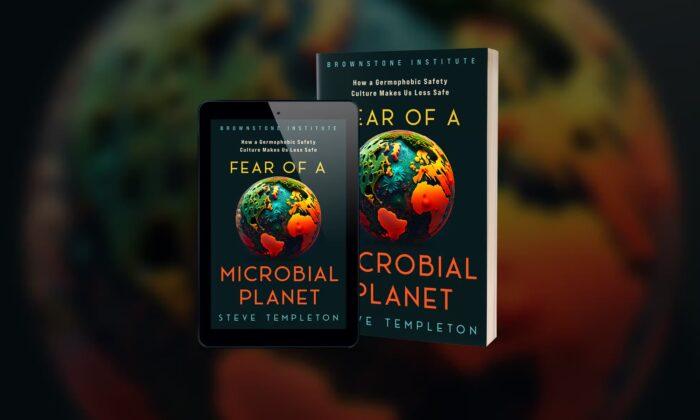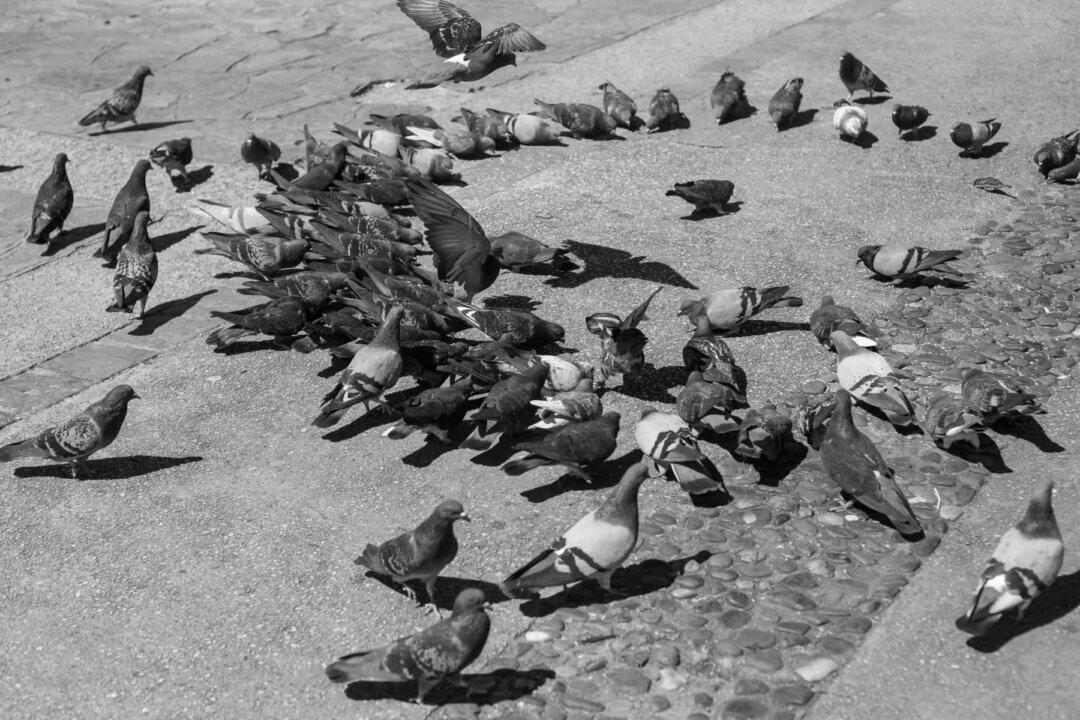Twenty-five years ago I was a lab technician at a major medical research university. I finally got to be involved in immunology research, and I was very excited to have a great opportunity less than two years out of college. I didn’t really know what to expect, not having experience with a cutthroat research environment. I had no one else’s experience to draw on.
After the initial awe of the size of the place and the quality of research and the brilliance of many of the scientists wore off, I began to notice something else. Scientists could be very competitive, and not at all supportive of one another. Department seminars could sometimes end in heated arguments, with scientists in the audience trying to tear down the speaker’s methods and conclusions.
Once in awhile I would get berated for a mistake I made, and I figured those things happened to lowly lab staff. But I hadn’t considered that a scientist would dim another’s light just to make his look brighter. Wouldn’t it be better to offer some constructive criticism instead?
Some scientists didn’t see it that way. They saw getting attacked as a test, a situation they needed to learn how to handle that would make them more able to defend their work. In many cases, their combative colleagues agreed—they thought they were doing a speaker a favor by trying to tear down his research. At the time, I didn’t understand that at all. Not everyone can be that self-assured to handle being attacked like that, I thought.
Fast forward maybe twenty years later. I was at a regional conference, and there was a speaker who had been famous for a long time. She was such an icon that even other famous scientists looked up to her. When another scientist finished her talk, this scientist proceeded to tear down her major conclusions. As I remember it, the criticism was pretty heated and not at all constructive. I was more than a little surprised, but later I started to reflect on why I was shocked by this incident.
The most obvious reason was that the biomedical research world had changed since I was a technician some twenty years before. It had become rare for scientists to engage in open verbal combat over presented results, and that’s why it was remarkable when it did happen. The older famous scientist was simply doing what she’d always done, and had learned as a young researcher. Back in her day, attacking and challenging people’s work was what good researchers did. Nowadays, not so much.
So what changed? It’s possible that the increase in female faculty in the last two decades changed the environment from a public competition to a private one. The days of male-dominated sparring were always numbered. The iconic scientist I admired had grown up in that world and survived and thrived by adapting to the predominant culture. Now that culture has changed. That’s mostly a good thing. I don’t expect to be frequently attacked in public, and that certainly relieves some stress.
Yet there’s also been a cultural change outside of academic science. Many universities have abandoned their mission of truth-seeking in favor of promoting social justice and all its quasi-religious trappings. This new mission has infiltrated every level of higher education, even medical schools. With this cultural slide, not only is it wrong to attack fellow students or professors’ work, it is wrong to even challenge or debate their ideas entirely. If the work of the professors or students falls in line with the new mission, it becomes insulated from any criticism. In fact, tolerance of the mission is no longer tolerated, it needs to be openly celebrated by everyone as proof of virtue. There is simply no need to search for truth, because absolute truth is already known.
Most students seem to be OK with this arrangement, if not outright supportive. They see it as merely a price of getting an easy degree. Administrators know that students are content with getting degrees with less and less effort, even as the price of higher education continues to balloon (along with the number of administrators). The student is the consumer, and as long as they buy the product, there’s no incentive to change it.
It is possible the situation will change. The education bubble burst partly as a result of pandemic policies of forced vaccination for low-risk students and online curricula that ultimately set back student learning at every level. In response to these incentives, young people became more selective, and as universities become more competitive for a shrinking population of prospective students, it’s likely some of these will decide to cater to those who actually want an education with their degree.
Some students actually understand that being challenged makes them stronger, and may vote for a traditional education with their feet. As a result, a few universities may re-embrace the classical liberalism and truth seeking that once made the American education system the envy of the world. New institutions dedicated to classical liberalism like University of Austin might also continue to crop up to meet that demand.
Until then, we’ll have to face the products of years of higher education atrophy. Employees fresh out of college or even graduate and medical programs will not expect to be debated, challenged, or criticized. However, at some point even thin-skinned graduates will be mugged by reality, and they won’t be prepared for it.




